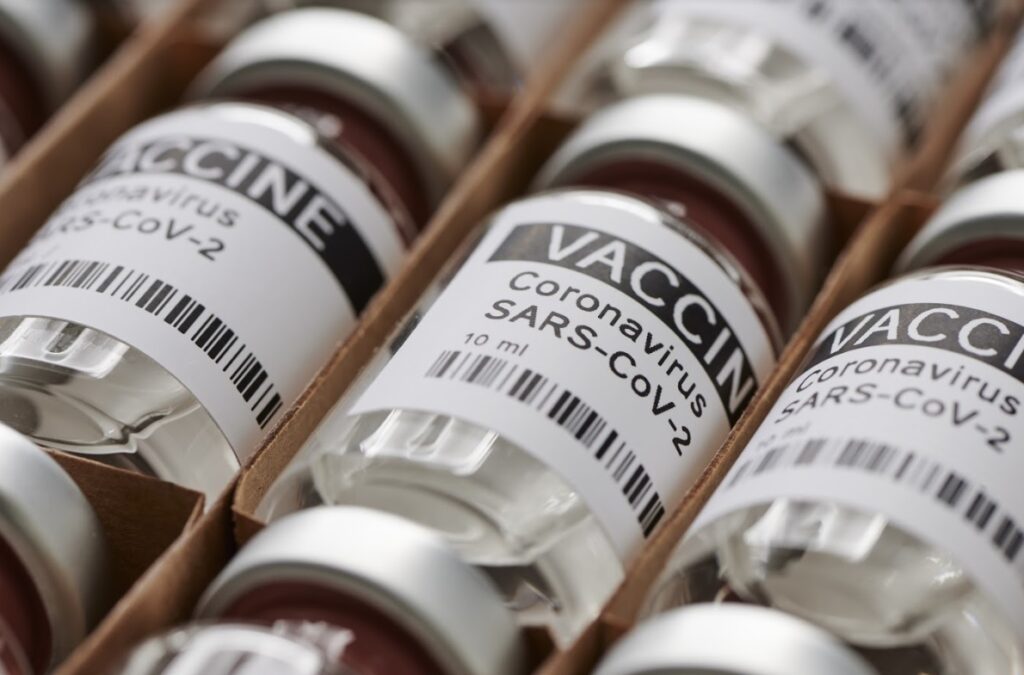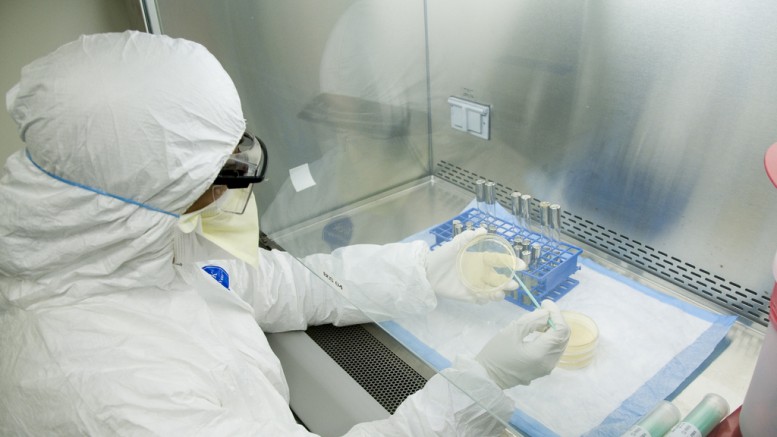There are more than 5,000 pediatric clinical trials every year. Most of these trials need close contact with each pediatric patient. Sometimes, this means that doctors are seeing their patients once a week or more for the trial.
When the COVID-19 pandemic hit, everything changed.
Clinical trials adapted, paused, and even stopped. And, this could delay scientific developments or raise concerns about the results.
Even more, pediatric clinical trials have taken steps to protect children. Most children cannot receive the COVID-19 vaccine. So, professionals working in clinical research for children have to protect them.
To read more about the impact of COVID-19 on clinical trials, keep reading. These ripples could affect medical research for years to come.
Fewer Participants in Clinical Research
After the start of the pandemic, trial recruitment and retention plummeted. Fewer people were signing up for research studies. And, fewer people were continuing with the studies after starting them.
Clinical trials became a non-essential activity outside of the home. So, patients stopped participating as social distancing guidelines became stricter.
In particular, parents have pulled their children from pediatric clinical trials. They’re trying to prevent their children from contracting COVID-19.
Also, trials have been limiting their participation loads. So, trials are accepting fewer patients. They’re trying to prevent infections from spreading.
It’s important for all these patients to stay safe during the pandemic. But, it’s also important to note that a lack of participation in these studies has a lasting effect.
Without all these clinical research trials, there will be a lag. We’ll see a delay in pediatric medications, vaccines, and treatments. We’ll also notice a loss in potential life-saving methodologies.
It’s also important to note that delays in clinical trials are expensive. Sponsors can lose $600,000 to $8 million per day. This could cause sponsors to drop their funding or – even worse – cause the project to shut down completely.
Less Medical Supplies for Medical Research
One of the lesser-known effects of the pandemic is medical supply chain interruptions. This means that there aren’t enough resources for clinical trials to continue carrying out their operations.
The delay in medical supplies could push clinical research out for months. So, adult and pediatric clinical trials alike wouldn’t be able to continue where they’ve left off until several months after it stopped. Thus, the impact of COVID-19 will ripple for a long time.
With this, it’s important to note that clinical trials take months (sometimes years) of preparation. So, medical research staff needs more time to divvy up supplies as needed.
Thus, the delay in medical supplies can cause months – and even years – of problems. There’s no easy way to bounce back from a lack of supplies.

Decentralizing Pediatric Clinical Trials
Clinical research staff worked to find ways to adapt to the impact that COVID-19 has been having on clinical trials. One of the biggest changes was the decentralization of medical research.
Clinical trials have been transitioning to more flexible methods of communication and data-tracking. This is in response to distancing guidelines.
Before the impact of COVID-19, patients had to travel miles every day. Now, trial patients are meeting with physicians via online meetings. And, they can use these meetings to track patient progress without having to meet in person.
Remote patient monitoring technology allows physicians to check in on patients whenever they need to. These online meetings and monitoring technologies are cheaper than old techniques and methods. So, clinical trials are actually able to accomplish more with a larger patient pool.
While there are plenty of wearable medical technologies, these devices can’t do everything. So, medical professionals have to consider the parameters that come with these options. They include these as limitations of the study.
Overall, these kinds of fixes have transformed the face of adult and pediatric clinical trials. Likewise, they’ve changed clinical medicine. And, when it comes to pediatric clinical trials, at-home options make it easier for the patients and their parents.
With these at-home solutions, pediatric patients no longer need to run from school to the hospital every single day. These children have a better sense of normalcy with the changes that came about due to the pandemic.
Effects of the Pandemic on Pediatric Medications
Clinical trials focusing on medication therapies have suffered the most due to the pandemic. To receive these medications, patients have to show up at the medical research facilities. But, due to the pandemic, this couldn’t happen as it once did.
In response, medication-related trials responded in one of three ways:
- Fewer patients in the facility at a time with fewer patients entering the trial in each enrollment wave
- Complete suspension of enrollment in the clinical trial
- Delayed administration of trial medications
To make matters worse, most pediatric trial patients are at a high risk of having complications from COVID-19. Even traveling to the medical center can be risky for these patients. So, medical personnel have been working even harder to keep these children safe.
But, patients can’t take medications like transfusions at home easily. So, at-home devices and telemedicine visits aren’t enough to shut everything down.
Plus, being on these medications can further diminish the immune systems of patients that are in the trial. So, they can become even more sensitive to infections like the coronavirus.
All in all, these considerations have been preventing patients and their parents from agreeing to take part.
Bettering Clinical Research Studies
Because of the effects of the pandemic, pediatric clinical trials have been transforming and evolving. Some changes have been for the better while others haven’t been the best for patients or physicians.
At-home solutions work for some patients, but others aren’t afforded that opportunity. Because of certain medications, some patients can’t get their treatments.
Luckily, smaller treatment pools can make it easier for pediatric patients. They can continue receiving the treatments and medical care that they need.
